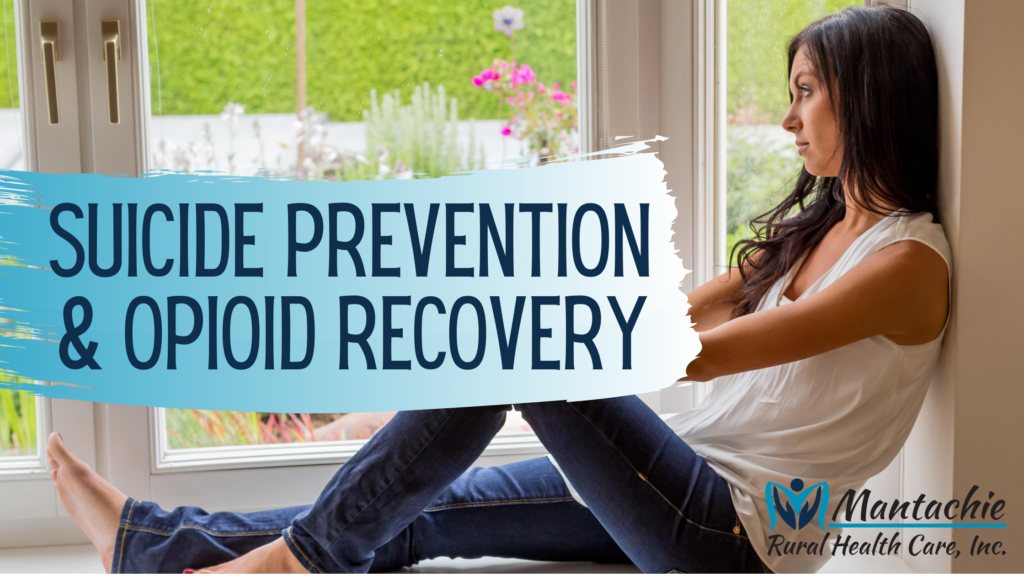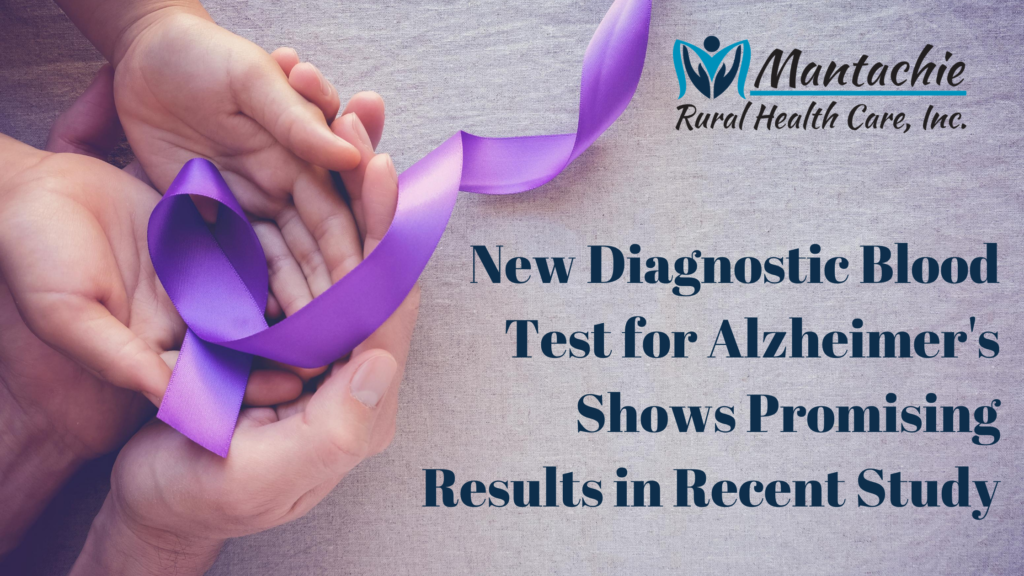
Lung disease ranks as one of the top killers of both men and women in the United States. Luckily you can take several steps throughout your lifetime to reduce or prevent your risk of lung disease. Keeping your lungs healthy prevents more than illnesses like lung cancer and chronic lung disease such as COPD, it also gives you a better chance of surviving covid-19. Start doing these seven things today to keep your lungs healthy for life.
Get plenty of exercise.
If you haven’t figured out by now, exercise is one of those things that everyone, young and old, needs regularly. The reason why is simple. Exercises provide natural prevention for just about every physical ailment out there including lung diseases. Even a brisk 20 to 30 minute walk a few times each week can improve your lung health.
Practice deep breathing exercises.
Turns out meditative breathing and yoga aren’t just good for your mind they’re good for the body, too. A study published in the Indian Journal of Physiology and Pharmacology found that its participants had a significant increase in vital lung capacity after performing 2 to 5 minutes of deep breathing exercises.
Prevent infection.
Those same CDC guidelines in place to protect you from coronavirus also prevent other infections. Fight infections by remembering to:
- Wash your hands with warm water and soap for at least 20 seconds as often as needed, especially after touching public surfaces.
- Avoid crowds.
- Practice good oral hygiene including brushing twice daily, flossing once a day, and visiting your dentist for regular checkups.
- Get a flu vaccine every year and talk with your provider about if you would also benefit from the pneumonia vaccine.
Get regular check-ups.
Visit your provider at least once a year for a wellness checkup. Even if you feel healthy, your provider can detect underlying issues through screenings and a physical exam.
Avoid exposure to indoor and outdoor pollutants.
Indoor pollutants such as secondhand smoke, cleaning chemicals, and radon can wreak havoc on your lungs. Outdoor pollutants like smog and factory smoke can also cause significant damage.
Don’t smoke, or if you do, quit.
Following the previous steps are useless if you’re going to puff away on cigarettes. If you’re not a smoker, stay that way. If you do smoke, it’s time to quit. We offer many resources to help you quit smoking successfully. Schedule an appointment with us today to get help kicking the habit.











